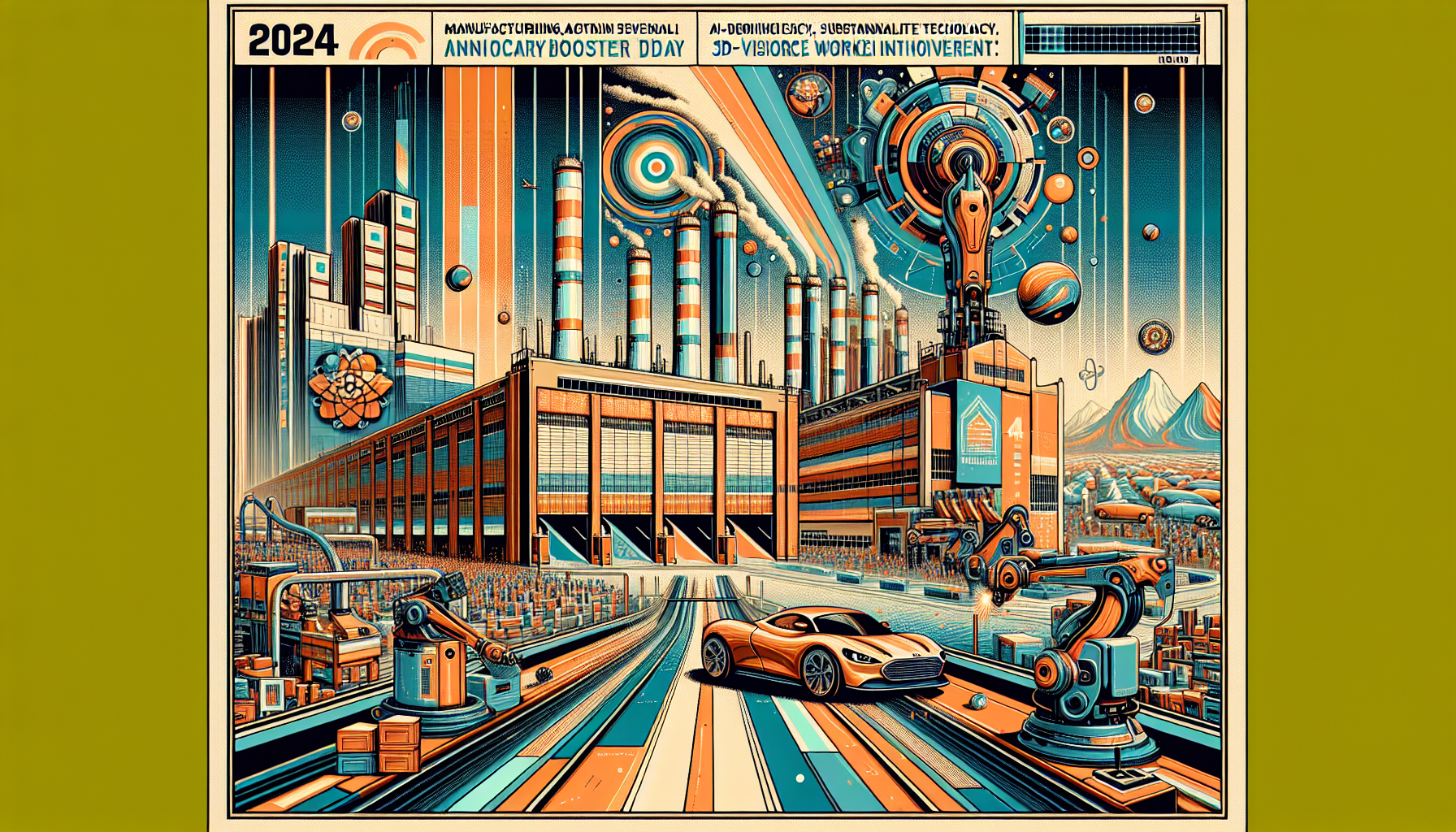On September 18, 2024, Stellantis celebrated its ninth annual Factory Booster Day at the Mirafiori Complex in Turin, Italy. This day marked another important milestone in the company’s journey towards enhancing manufacturing efficiency, promoting sustainability, and improving the workplace. Stellantis showcased 93 groundbreaking solutions, many harnessing the power of artificial intelligence (AI) and 3D vision technologies to drive positive changes across their global operations.
Key Innovations and Implementations
Cloud-Based Digital Twins
Stellantis has integrated the Autodesk Construction Cloud, a digital platform supporting workflows from design to operations. This tool, introduced at the 2022 Factory Booster Day, allows suppliers and Stellantis to share and simulate construction layouts in a “digital twin” environment. This approach speeds up data collection, enhances teamwork, and reduces “digital waste” by eliminating the need for manual data gathering. First used at the Windsor Assembly Plant in Canada, the platform’s success led to its expansion to the Sterling Heights Assembly Plant in Michigan, U.S., resulting in significant cost savings.
AI-Enabled Robot Guidance
Several Stellantis powertrain facilities now utilize AI-driven robotic guidance systems developed in partnership with the French startup Inbolt. These systems use AI and 3D vision to enable robots to adjust their paths in real-time, preventing conflicts and boosting quality. Showcased at the 2021 Factory Booster Day, this innovation has shortened the lead time between powertrain assembly and vehicle installation.
Autonomous Mobile Robots
Norwegian startup wheel.me’s autonomous wheels convert standard carts and dollies into autonomous mobile robots (AMRs). By replacing traditional casters, these wheels automate the movement of parts and goods within manufacturing sites, enhancing efficiency, safety, and cost savings without disrupting existing processes. This technology, presented at the 2022 Factory Booster Day, offers flexibility and annual savings, and plans are in place to extend it to other plants.
Impact and Achievements
The deployment of these innovations has brought significant benefits to Stellantis. According to Arnaud Deboeuf, Stellantis Chief Manufacturing Officer, the use of these technologies has led to:
- 11% reduction in transformation costs
- 23% decrease in energy consumption
- 40% decline in quality issues since 2021
These achievements highlight the successful collaboration between Stellantis and its partners, including suppliers and startups.
Strategic Alignment with Dare Forward 2030
These innovations align with Stellantis’ Dare Forward 2030 strategic plan, which aims to achieve several key goals:
- Carbon Neutrality: Stellantis aims to become carbon net zero by 2038 across all scopes, with minimal reliance on offsets. The company has already reduced its manufacturing carbon footprint by 20%.
- Cost Reduction: The plan includes a 40% reduction in production costs by 2030, driven by automation, digital solutions, and AI.
- Quality Excellence: Stellantis is committed to achieving the highest product quality with improved defect detection, offering an industry-leading customer experience.
Conclusion
Stellantis’ dedication to embracing AI and other advanced technologies is a crucial step towards achieving excellence in manufacturing, sustainability, and workplace improvement. The success of these innovations, highlighted during the 2024 Factory Booster Day, reinforces the company’s commitment to continuous improvement and its vision for a more efficient, sustainable, and technologically advanced future in manufacturing.

Leave a Reply